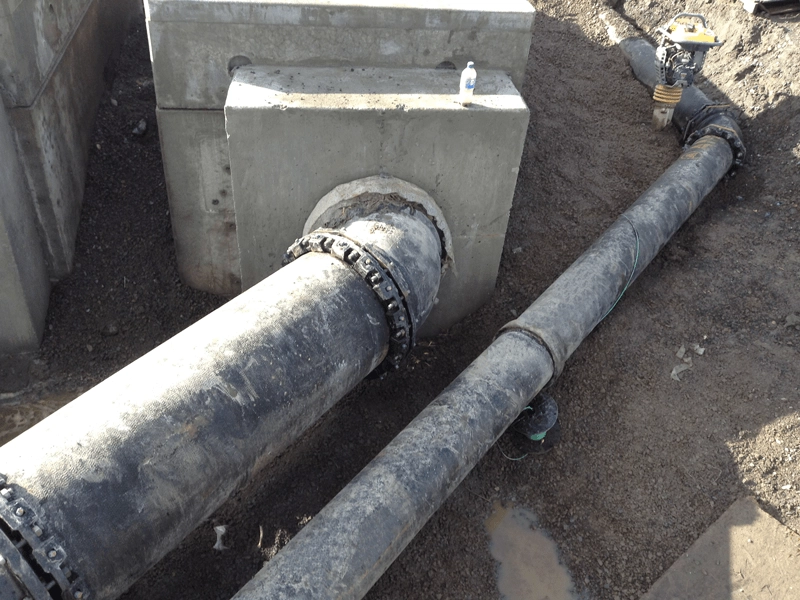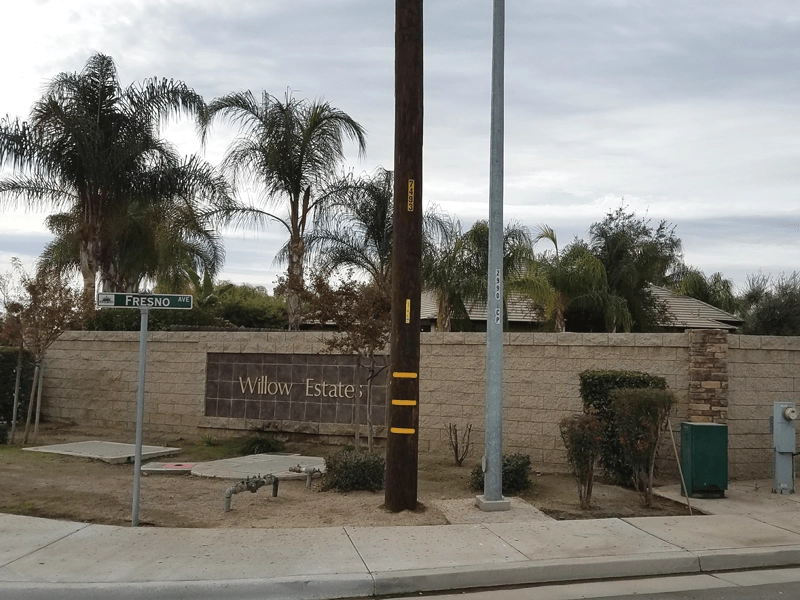
Romtec Utilities uses our customer’s site data (or from their engineer) to design site-specific pump stations for all water pumping applications. One vital piece of information used to design lift stations is the dimension of the pressurized force main. This measurement is defined by several factors: the diameter of the force main, the force main material, and the thickness of the pipe wall. Force mains are integral to the functionality of water infrastructure. The piping used for a force main must be appropriate for its application, and it must be able to accommodate the demands of the pump station. On many projects, the force main is considered separate from the pump station, but it is important to have a well-defined force main specification before the pump station is designed.

To explain the importance of a reliable force main specification, you must first know that piping is broken down into categories. Primarily, pipes are measured as an Iron Pipe Size (IPS) or a Ductile Iron Pipe Size (DIPS). These and other descriptors define the nominal outside diameter of a pipe and are also used to describe piping materials not made from iron, such as PVC and HDPE. These terms can appear differently from industry to industry, but regardless of the exact term used to describe nominal outside dimension, it is important that it is described accurately.
In addition to the IPS or DIPS designation, the piping material will also designate a thickness for the pipe wall. Each pipe material has a different designation for the wall thickness. For Iron or ductile iron, wall thickness is the pipe “class.” For steel piping, the wall thickness is the “schedule.” For HDPE and PVC pipe, the wall thickness is the “DR” or dimension ratio. These two terms together are used to describe a force main pipe with its pressure capabilities and outside diameter. These definitions also impact other aspects of a pump system design.

When a force main pipe is not defined correctly, there can be substantial engineering problems for the pumping system. For example, an HDPE pipe with a DR 11 has a 3/8″ difference between the IPS and DIPS dimensions. Over the length of a force main, this 3/8” difference leads to substantial head loss with the thicker pipe wall. As the force main gets longer, the head loss increases and can require higher pumping rates. If a site engineer guesses or provides bad information about the force main piping, it can severely inhibit the function of a pumping system. Even if the pump station functions, the unplanned for head discrepancies can cause unnecessary wear to the pumps and other system components.
The issue of providing inaccurate force main pipe specification is not a prevalent issue, but it can happen from time to time when site engineers mistake the importance of this information. Providing accurate site information can have dramatic effects on a pump station design. Many people understand the problems associated with inaccurate elevations or incorrect utility power, but the force main specification can be equally as important to the functionality of a lift station. If you have an questions about site engineering or how to go about getting the best pumping system for your application, contact Romtec Utilities, and we will provide our expertise to get you project started correctly.
